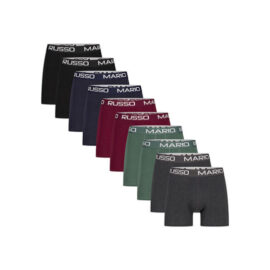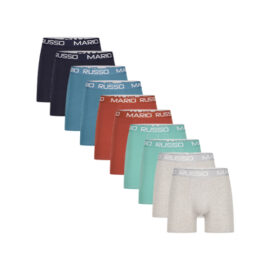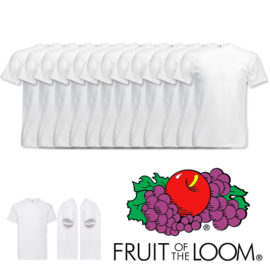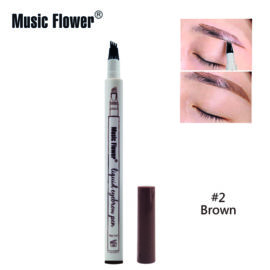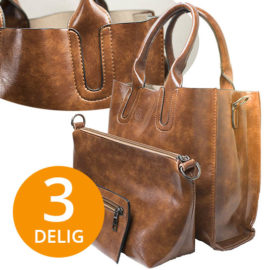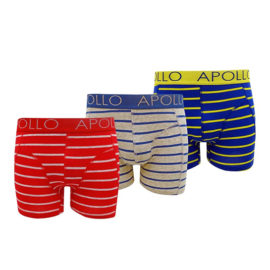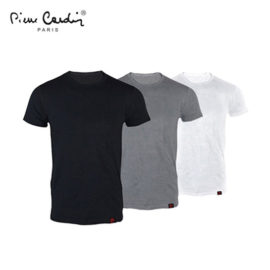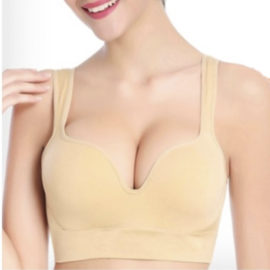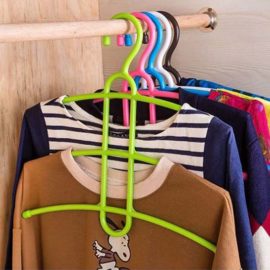The history of the bag
It has been known for centuries that a woman needs a bag. If not for all her many things, then it is because it fits her outfit.
But how did the bag eventually come about?
In the late Middle Ages, there was a variety of bags with one purpose: carrying your money. These were used by both women and men. Because there were no inner pockets at that time, it was practical to use a bag. These bags were often worn hanging from the belt or belt. Of course there were exceptions, for example a bag that was thrown over the shoulder. These were used for hunting, for example.
With the arrival of the inner pockets at the end 16e century, the bag was no longer popular among men. The bag was mostly carried by women. Because embroidery was an activity for many women around this time, many embroidered bags were made. These were only worn by the women and no longer by the men.
In addition to the daily use of the bag, there were also bags for special occasions. Think, for example, of a wedding fair, play fair, alms fair, scent bag or New Year's gift.
of the 17e century to the 19e century, the bag was also worn by women under the skirt. Since the skirts of the women were wide, there was enough room for this. This bag was called a thigh bag. The woman wore a thigh pocket on the top petticoat with a ribbon around her waist. The woman could reach her thigh pocket through a split on the side of her dress or skirt. Around this time, the stirrup bag was popular in the Netherlands. A bracket bag is a bag with a silver bracket and hook to hang from the skirt band.
Over the course of the 18e century, Greek and Roman antiquity influenced fashion. The wide dresses disappeared and the dresses became slack and the waist of the dress became higher. The fabrics were made of linen or muslin. As a result, there was no more thigh pockets under a dress. The feminine necessities were now carried in the forerunner of the handbag, the reticle. A reticle was often made of textile and always had a chain or cord with which you could close the bag and wear it.
The influence of art in the Romantic era made the thigh bag popular again. The skirts widened again and the thigh pocket was worn again. The thigh pocket was now called Chatalaine and was somewhat shaped. Chatelaine was inspired by the castle lady of the medieval era. She wore her keys to the castle on her belt as a symbol of her function. A chatelaine was a belt hook with loose chains attached. On a chain, a woman carried items such as: a coin pouch, keys, sewing tools, a watch and seals for documents.
With the increase in travel, thanks to the industrial revolution, the range of bags expanded. The woman wanted to be able to take all her belongings on the train and this created hand luggage and the predecessor of the handbag.
around 20th century, the requirements for the bag became more practical but also more elegant. This is how different types of handbags and shoulder bags were created. And so the woman had a bag for every occasion.
The handbag was placed in the 20th century a fashion item that belongs and fits with your outfit!






